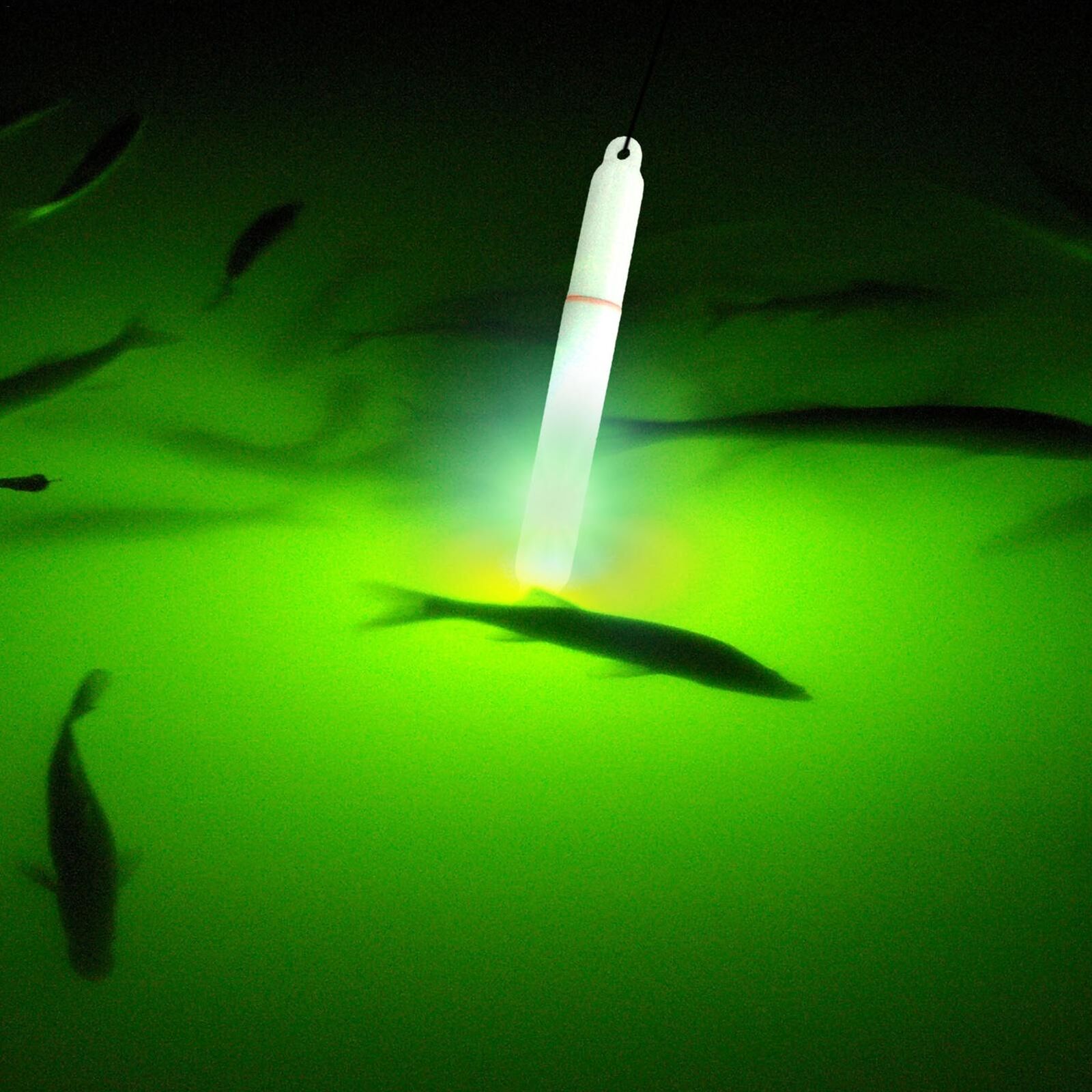Request A Free Quote
why Green led is the best light for attracting fish?

Green LED lights are often used for attracting fish because they have certain advantages for this specific purpose, but it’s important to note that the effectiveness of different colors of light can vary depending on the species of fish and the specific fishing conditions. Here are some reasons why green LED lights are commonly used for attracting fish:
- Attraction to Zooplankton: Green light is within the spectrum of light that many zooplankton emit when they are bioluminescent. Zooplankton are a primary food source for many species of baitfish, which in turn attract larger predatory fish. Using green LED lights can mimic the natural bioluminescent food sources, making it more likely for baitfish and, subsequently, larger fish to gather around the light source.
- Minimal Light Pollution: Green light has been found to create less light pollution in the water compared to some other colors like white or blue. This means that green light is less likely to scare away fish due to its more subtle and less intrusive appearance.
- Improved Visibility: Green light penetrates water effectively and can enhance visibility for both the fisherman and the fish. This improved visibility can be especially useful in low-light conditions or when fishing at night.
- Versatility: Green LED lights are available in various intensities and wavelengths, allowing fishermen to choose the most suitable shade of green for their specific fishing conditions and target species.
- Reduced Attraction of Insects: Green light tends to attract fewer insects compared to other colors like white or yellow, which can be advantageous when fishing in areas with a lot of bugs or insects.
It’s worth noting that the effectiveness of light color in attracting fish can vary based on the type of fish you are targeting and the specific conditions of your fishing location. Some fish may respond better to different colors of light, so experimentation may be necessary to find the most effective color for your particular fishing situation. Additionally, local regulations and guidelines may apply to the use of underwater lights for fishing, so it’s essential to be aware of and comply with these regulations.
Green led fishing lights suitable for top water or salt water?
Green LED fishing lights can be suitable for both freshwater and saltwater fishing, but their effectiveness may vary depending on the specific conditions and the type of fishing you are doing. Here are some considerations for using green LED fishing lights in different environments:
- Freshwater Fishing:
- Topwater Fishing: Green LED lights can be effective for topwater freshwater fishing, especially during low-light conditions such as dawn or dusk. They can attract baitfish, insects, and other aquatic organisms, which, in turn, may attract predator fish like bass, trout, or pike.
- Saltwater Fishing:
- Inshore and Nearshore: Green LED lights can be effective for inshore and nearshore saltwater fishing. They can attract baitfish like shrimp, minnows, and small fish, which are primary prey for many popular saltwater species such as redfish, speckled trout, and snook.
- Offshore: For offshore saltwater fishing, particularly deep-sea fishing, green LED lights may be less effective compared to other colors like blue or white. Some deep-sea species are more responsive to blue light, which better penetrates the depths of the ocean.
- Consider the Water Clarity: The clarity of the water you are fishing in can also impact the effectiveness of green LED lights. In clear water, the lights may be more visible to fish, while in murky or stained water, their effectiveness may be reduced.
- Light Intensity and Placement: The intensity of the green LED light and its placement in the water can also affect its effectiveness. Experiment with different light intensities and depths to see what works best for attracting fish in your specific fishing location.
- Local Knowledge: Local knowledge and advice from experienced anglers in your area can be invaluable when determining the best type of light and its color for your fishing needs. Local conditions and fish behavior can vary widely.
In summary, green LED fishing lights can be suitable for both topwater and saltwater fishing, but their effectiveness depends on various factors, including the specific fishing conditions, the target species, and the local environment. It’s often a good idea to experiment with different colors and intensities of lights to see what works best in your particular fishing situation. Additionally, consulting with local experts and fellow anglers can provide valuable insights into the most effective use of LED lights for your fishing endeavors.






